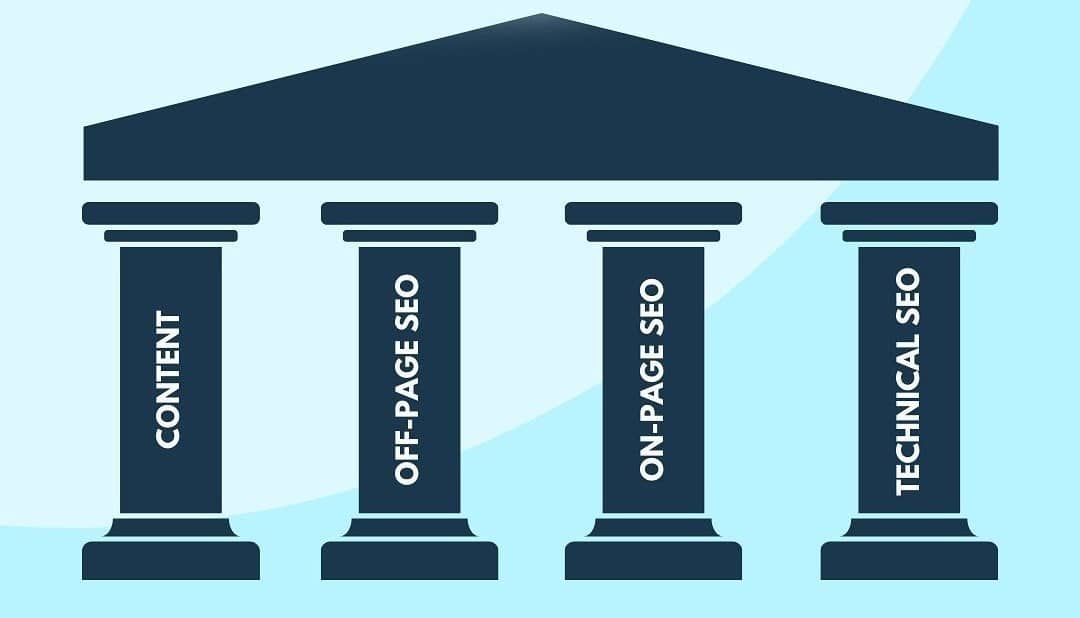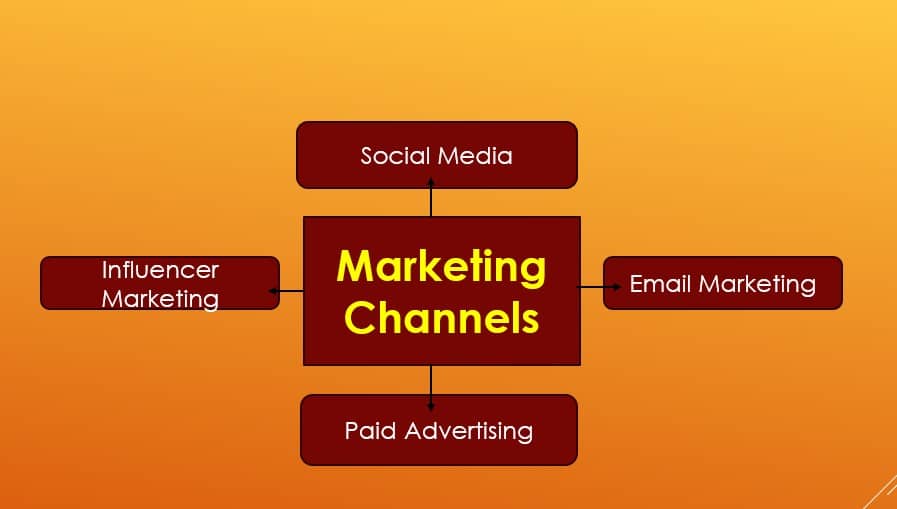Last Updated on August 24, 2024 by Admin
Brand awareness is the most important factor for any business that tries to be unique among other competitors. What method will you apply to penetrate your target audience’s mind and make a lasting impression? SEO holds the key to this puzzle. SEO for Brand Awareness will help you increase your visibility, appeal to more high-quality leads, and drive your company’s growth.
Surprisingly, 93% of web users begin with a search engine before they can start looking for a product or a service. If your brand does not appear for relevant search queries, you lose a vast chance of establishing yourself as the problem solver for the people who urgently need your solutions. So, without further ado, we’ll get into SEO and determine how it can rocket your brand awareness.
Impact of SEO on Brand Awareness
SEO is a process that assists you in getting your website to the top of search engine results pages (SERPs), thus making your brand more recognizable. Not only will your website receive more organic traffic, but it will also be perceived as a highly reputable and trustworthy brand in your market.
Furthermore, SEO helps you appear in front of the right audience, showing up when they need a product or service of this kind. By offering content that answers their problems or pains, you can develop an association with your brand that will remain and create a good impression.
7 Ways SEO Can Build Brand Awareness
Now that you understand the impact of SEO for Brand Awareness, so, let’s explore seven proven strategies to maximize your results. You can also look at the best ways to increase business brand awareness.
1. Determine Your Audience
Knowing your target audience is key to developing a successful SEO strategy for brand awareness. Creating a customer persona allows you to adapt the content, keywords, and overall approach to your product to customers’ needs and tastes.
Firstly, conduct market research to extract information about your ideal customers. Use tools like Google Analytics, social media analytics, and customer surveys to learn more about their demographics, interests, pain points, and online behavior.
Furthermore, build out a persona of your ideal customers down to the details. Name each persona; they should also have an age, profession, and background. Identify what they’re trying to accomplish, what hinders their progression, and the kinds of content they would likely find interesting. These personas will act as your guide and provide direction for your content creation and keyword targeting.
Eventually, evaluate the audience your competitors targeted to detect blank spots or unique opportunities that you can use. Try to find a way to stand out from competitors and provide solid value for your target market.
2. Create Keyword Clusters
Keyword clusters are a set of related keywords that revolve around a specific topic or subject. Grouping your keywords into clusters helps you construct a more concentrated and efficient SEO plan that meets multiple relevant search queries.
To build up keyword clusters, begin with a keyword corresponding to your content’s central topic. For instance, let us assume that you sell organic skincare products. Your main keyword could be “organic skincare.”
Then, use keyword research tools like Google Keyword Planner, SEMrush, or Ahrefs to find related keywords and long-tail variations. These tools will show you the search volume, competition level, and possible opportunities.
When you have prepared the list of related keywords, grouping them according to intent and relevance will be appropriate. For example, you may develop clusters around certain product types, benefits, or customer concerns.
- “organic face moisturizer.”
- “best organic skincare for sensitive skin”
- “organic anti-aging serum
3. Create High-Quality Content to Publish
Providing one-of-a-kind, valuable content is the foundation of any successful SEO strategy. To keep your blog fresh and interesting, you can regularly update it with fresh, informative, and sharable content that attracts more visitors to your website, demonstrates your expertise, and builds credibility with the targeted audience.
To create SEO-friendly content that builds brand awareness:
- Your readers will be the primary focus of your content. Resolve their issues, explain things to them, and come up with ways in which they can deal with them.
- Optimize your content with the keywords corresponding to the subject. Use the keyword clusters to define your content creation so that the appropriate search queries get appropriate targets.
- It is essential to create effective headlines and subheadings that can attract people’s attention and summarize your article. Use power words and numbers to electrify your headlines and make them clickable.
- Being visual, include images, videos, and infographics throughout your text to break the monotony, highlight important points, and thus make your content more interactive.
- Make sure that your content is well-organized and easy to read. Use brief paragraphs, bullet points, and descriptive headings to help readers read your posts.
4. Keep the SEO Four Pillars in Mind
To create a well-rounded SEO strategy that effectively builds brand awareness, you must focus on the four pillars of SEO:

- Technical SEO: Ensure your website is crawlable, indexable, and mobile-friendly. Also, set up your site structure, navigation, and loading speed to be as smooth as possible so that the user experience is good.
- On-Page SEO: Make your content, headers, meta tags, and internal link structure SEO-friendly. Use relevant keywords in your page titles and headings and the content.
- Off-Page SEO: Create high-value links from powerful websites to enrich your domain authority and search positions. Focus on winning links through content marketing, guest posts, and influencer contacts.
- Quality Content: Create strong, keyword-filled content that solves the problems of your target audience and draws their attention. Brainstorm new topics regularly and post various content (blog posts, articles, videos, etc.) that demonstrate your skills and impart useful information to readers.
5. Build Backlinks
Backlinks are one of the top SEO ranking factors. They help search engines determine that other websites value and trust your content, which can promote your search rankings and drive more organic traffic to your site.
To build high-quality backlinks that boost brand awareness:
- Make linkable resources such as infographics, white papers, and research studies that other platforms will link to and share with their audiences.
- Find websites and influencers based on your industry. These can be useful for guest posting, content collaboration, and link building.
- Join the online communities and discussion forums belonging to your industry. Let people know about your training, give answers where necessary, and place a link to your website when it is relevant.
- Monitor your competitors’ backlinks using tools such as Ahrefs or SEMrush. (Ahrefs or SEMrush are tools that can monitor your competitors’ backlinks.) Locate weak points similar to the ones in which you can earn links with more useful content or by reaching out to the same websites.
6. Provide a Good User Experience
User experience (UX) in SEO and brand awareness is paramount. If visitors enjoy their time on your website, they’re more likely to engage with your content, share it with others, and, therefore, recall your brand.
To improve your website’s UX and keep visitors engaged:
- Make sure your website opens quickly and is mobile-friendly. Use Google PageSpeed Insights to deploy any performance-related issues.
- Use a clear, logical menu structure that lets visitors easily find the needed info.
- Provide a clear and readable font and ample white space to make your content easier to read and scan.
- Use subheadings, bullet points, and images to make your long blocks of text more attractive and easy to read.
- CTAs should be clear and visible on any website to lead visitors toward certain desired actions.
7. Integrate With Other Marketing Channels
Combining SEO with other marketing channels is important to leverage SEO for brand awareness fully. By developing a unified multi-channel execution, you can boost your ability to reach and build an unforgettable encounter for your audience.

Here are some ways to integrate SEO with other marketing channels:
- Social Media: Harness the power of social media to boost traffic and engagement by distributing your SEO-optimized content on different platforms. Request your followers to share your details with their social media networks to cover a wider audience.
- Email Marketing: Include URLs of your website or blog in your email newsletter and signatures. Your subscribers should be guided to your website to interact with your content.
- Paid Advertising: Employ online advertising options like Google Ads, Facebook Ads, and LinkedIn Ads, which let you target specific keywords on your site to reach more qualified visitors. Ensure your landing pages are ready for sales and provide an easy-to-use experience for the user.
- Influencer Marketing: Join hands with influencers in your industry. They can help develop sponsored posts or acquire mentions and links. Influencer promotion can help reach audiences who would not have seen your content like influencer marketing on Linkedin
Conclusion
SEO is a great tool for small business owners to increase their brand awareness. Using the strategies outlined in this blog is vital to enhancing your website’s visibility effectively. You can also attract more prospective leads and build up your brand as the authority in your business’s industry.
At AlgoSaga internet marketing agency, we understand the importance of SEO for brand awareness and are dedicated to helping businesses like yours achieve their goals. We have an expert SEO team that can help you create the optimal strategy that gets stellar results.
